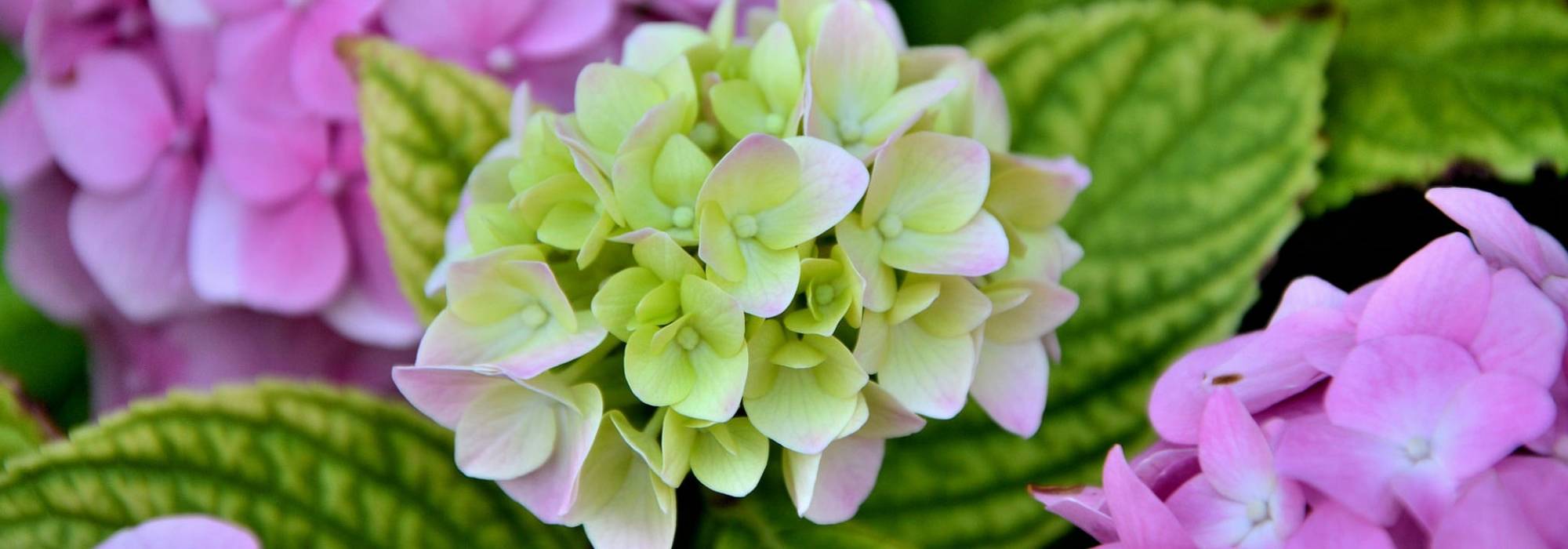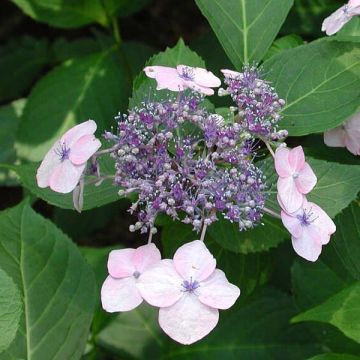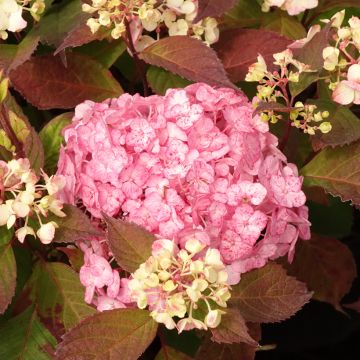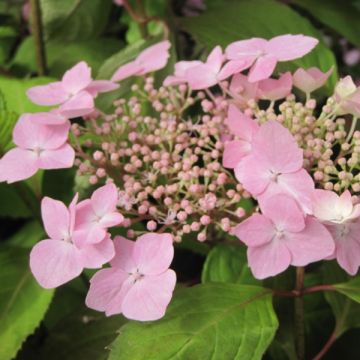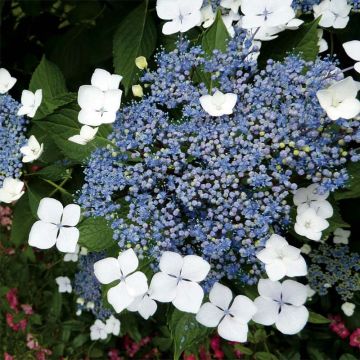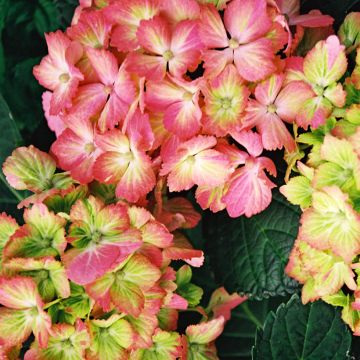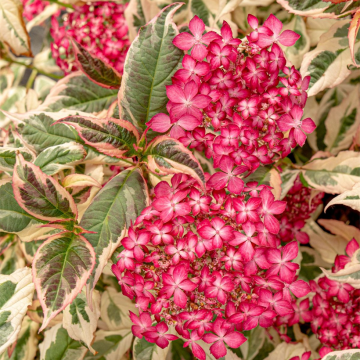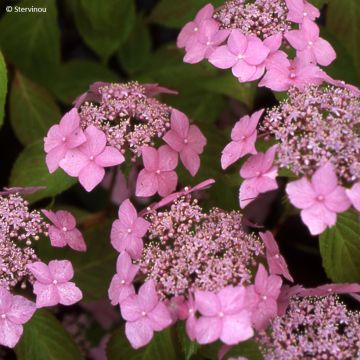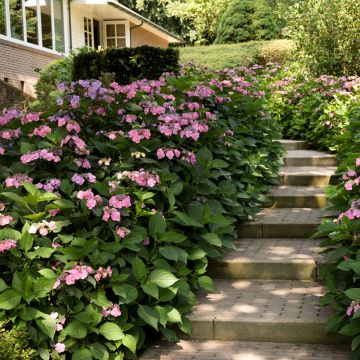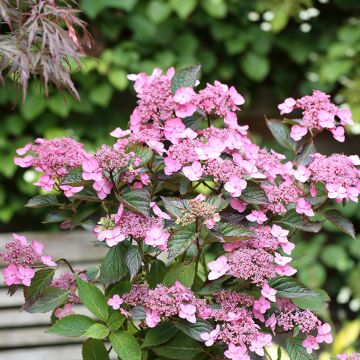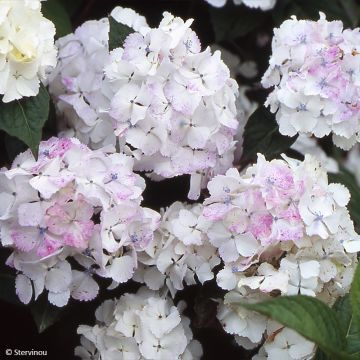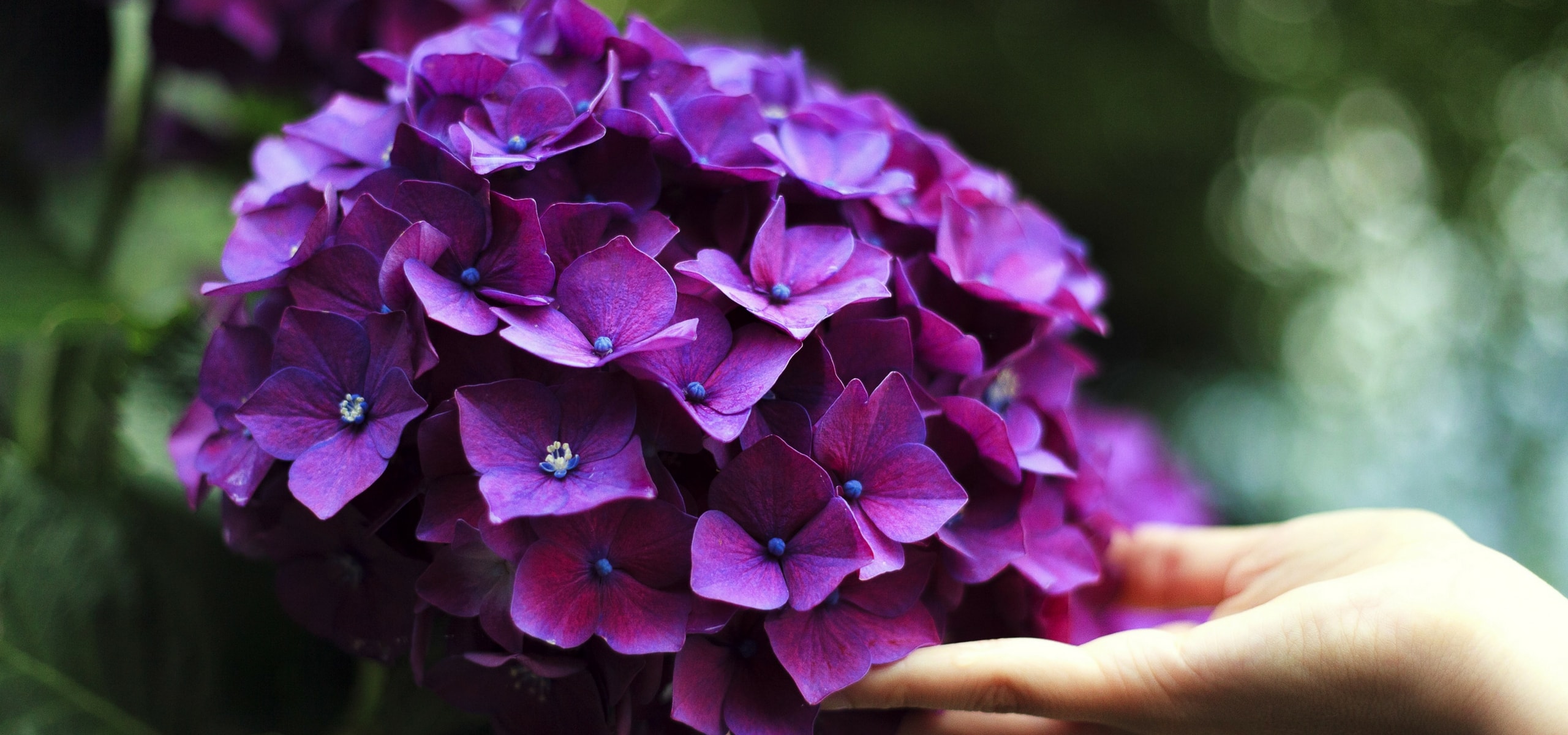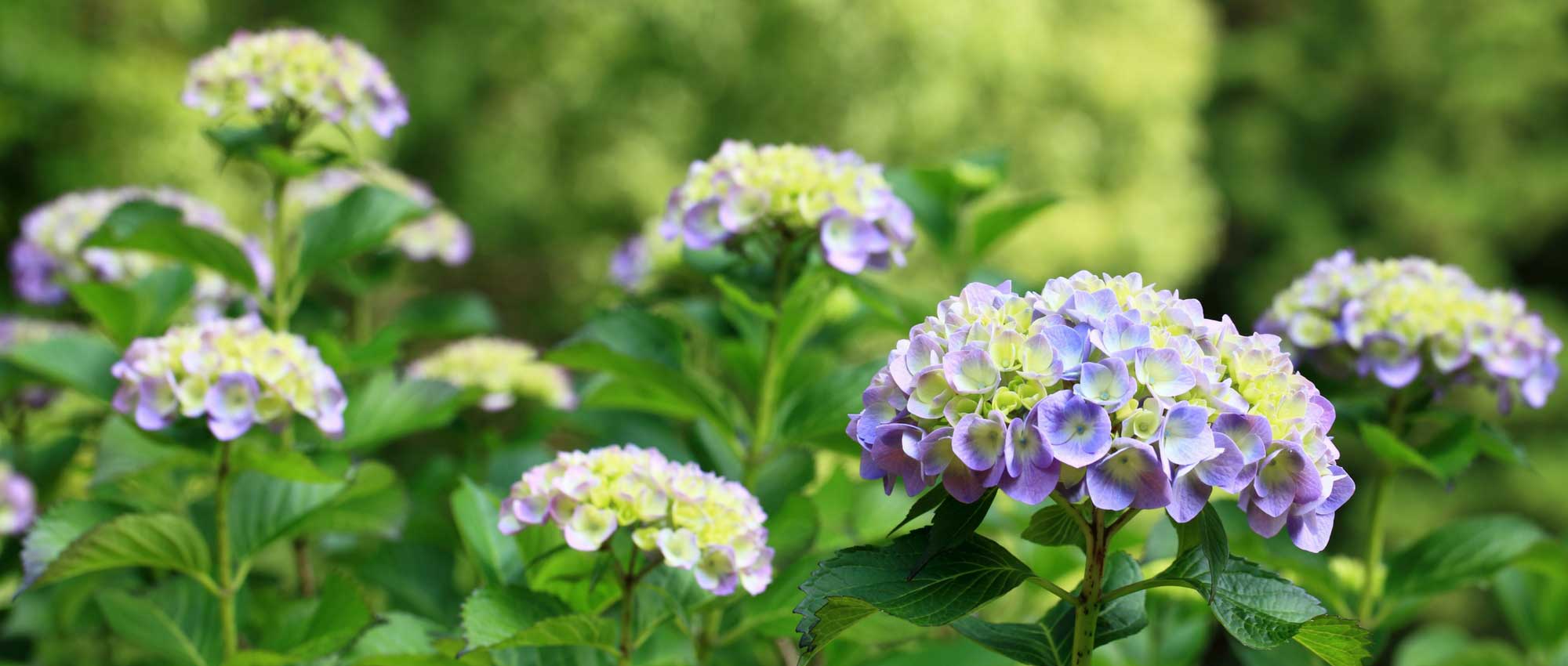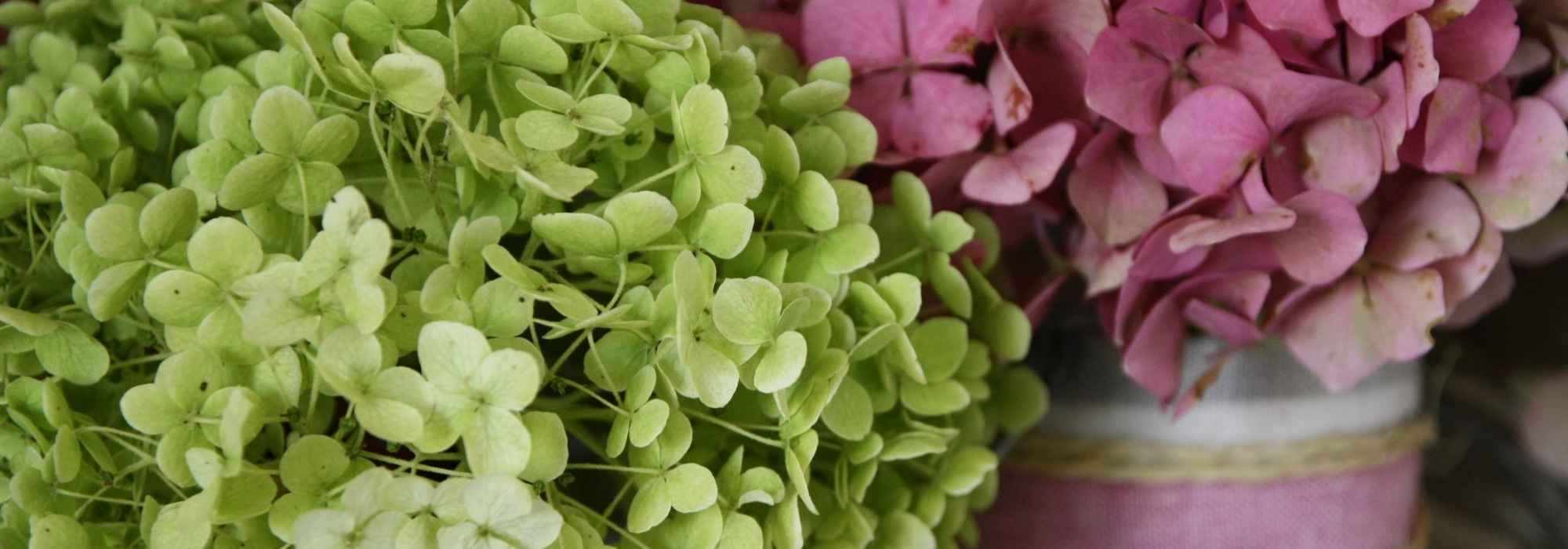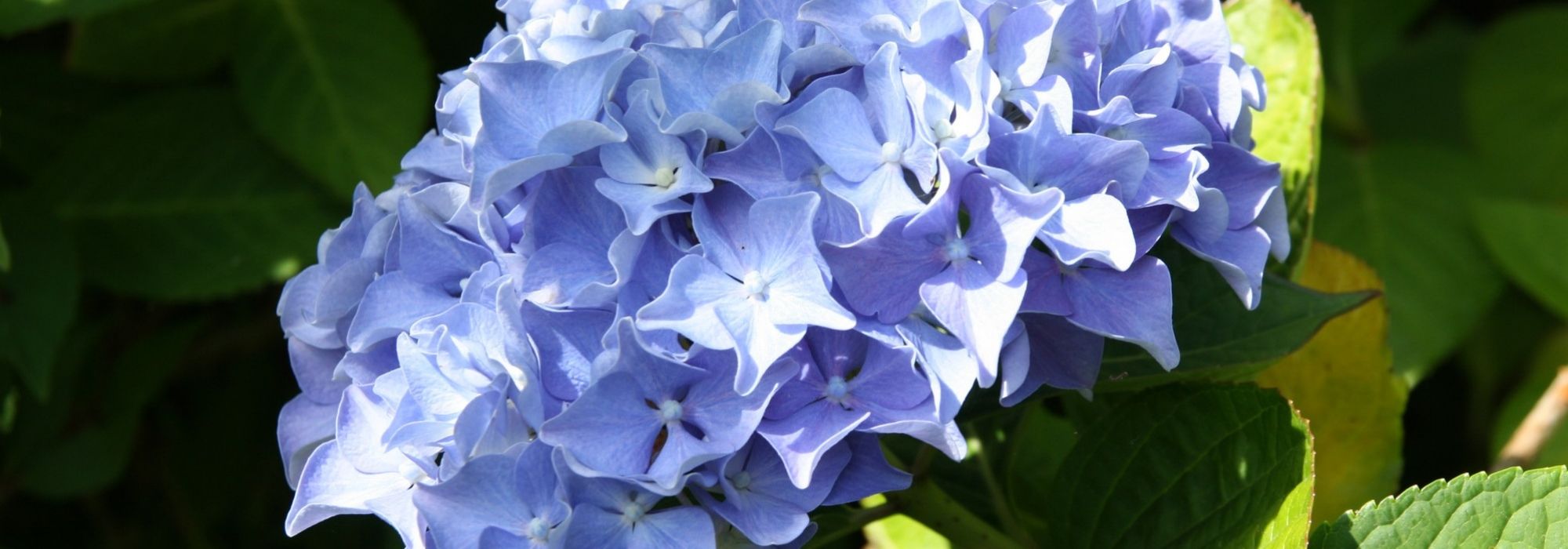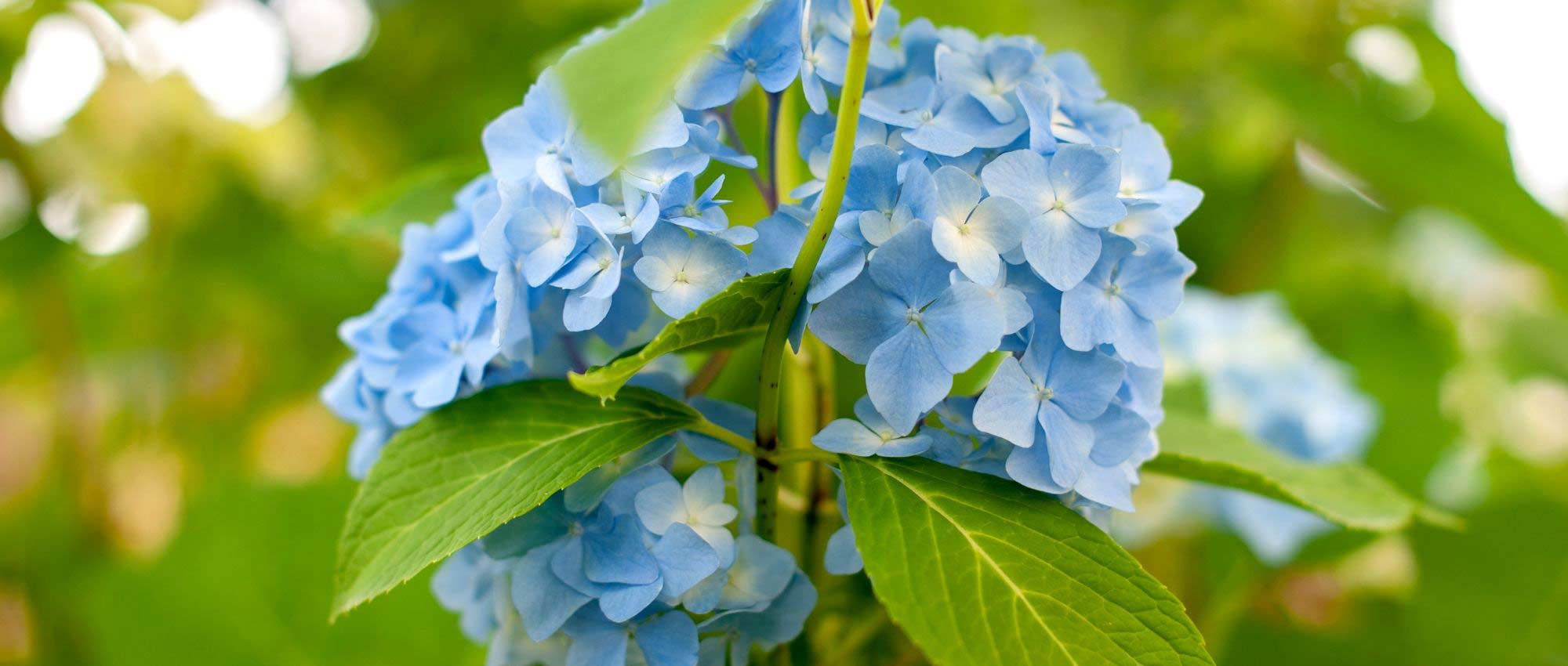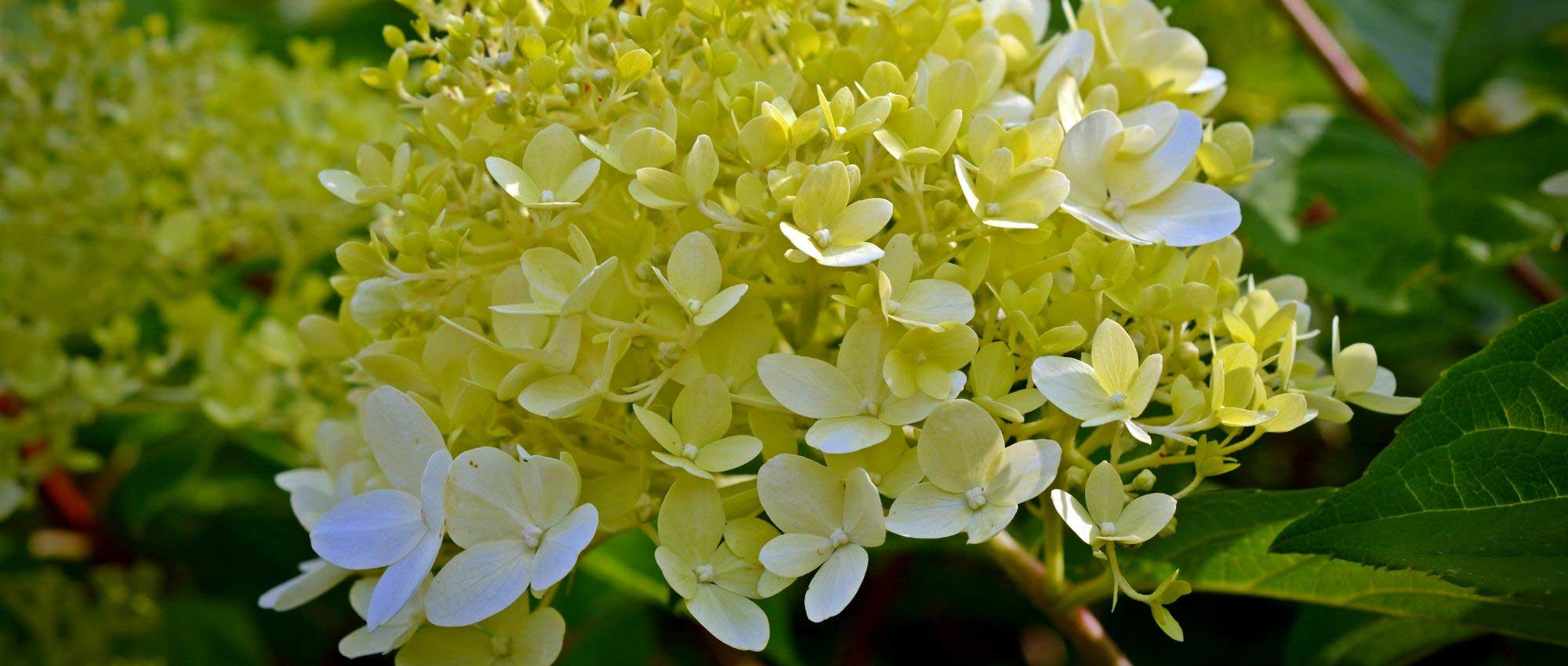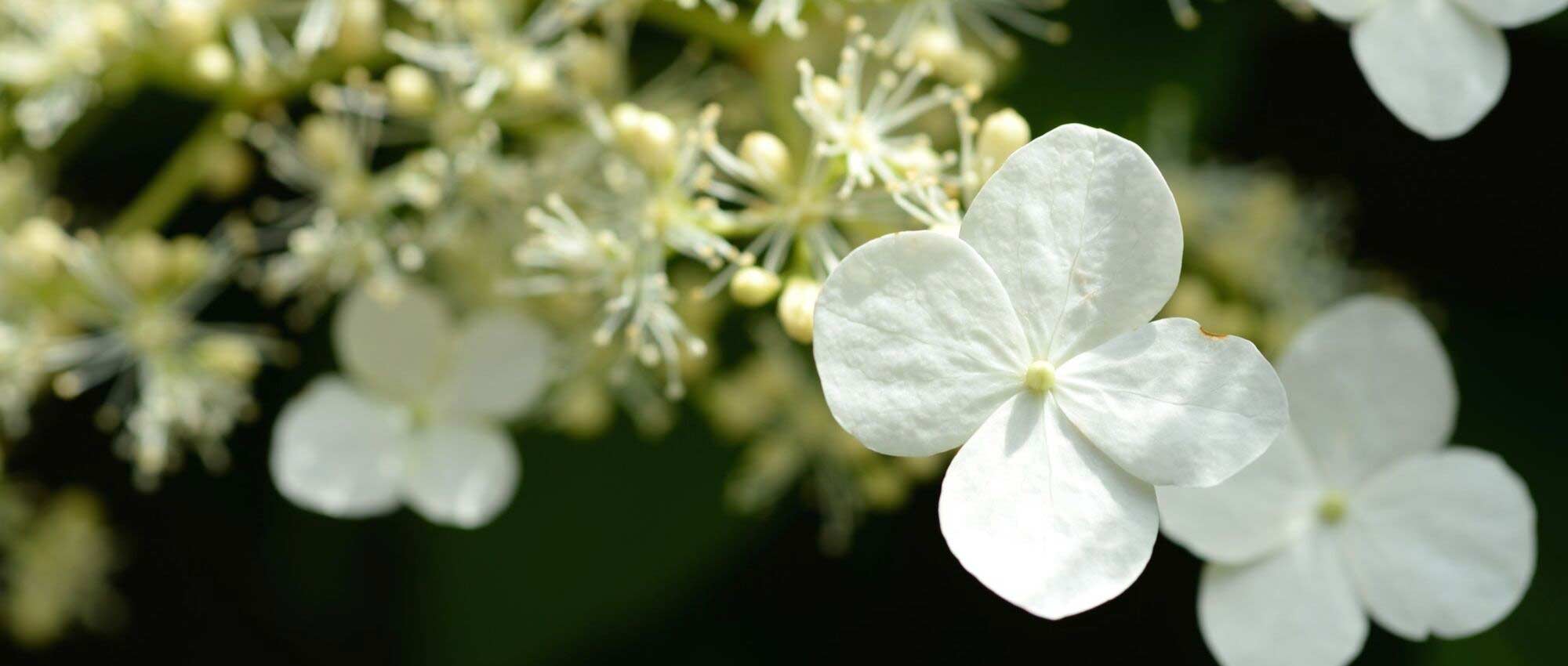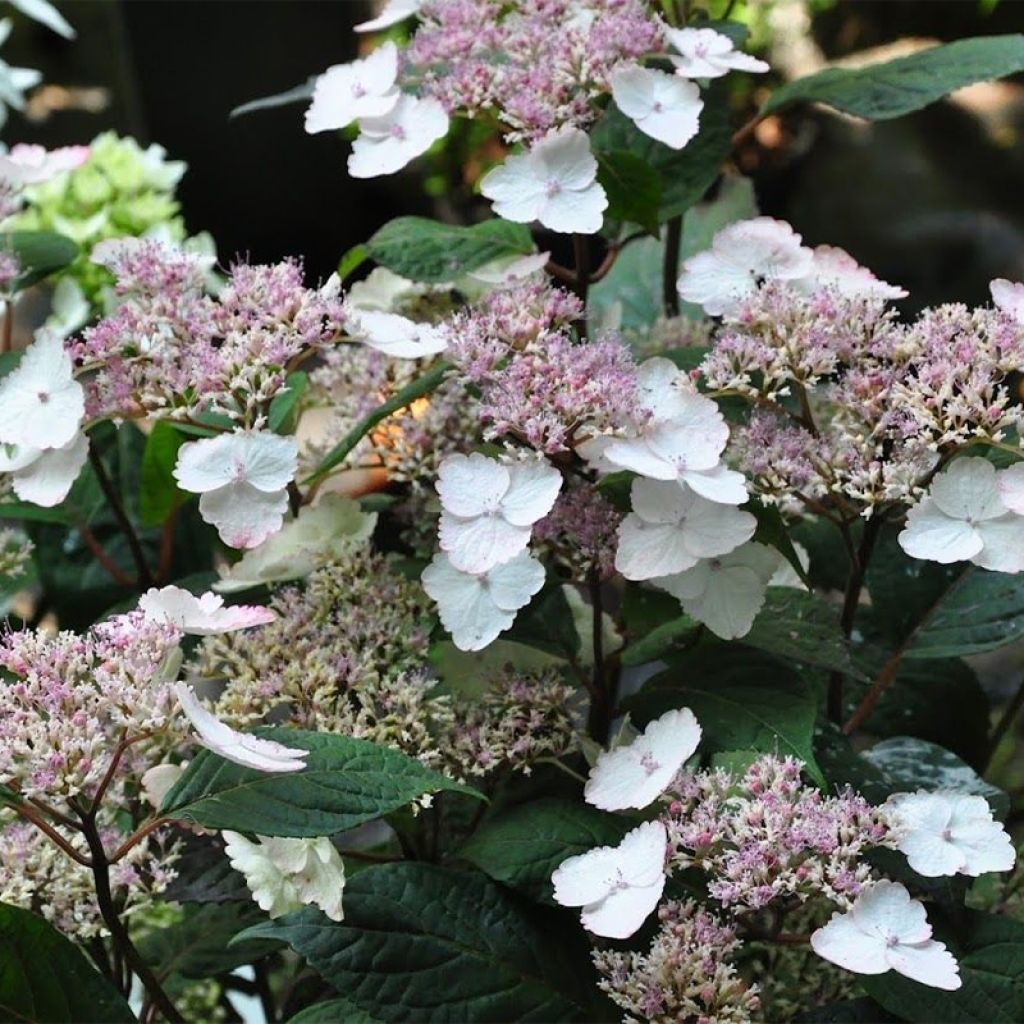

Hydrangea serrata Intermedia - Mountain Hydrangea
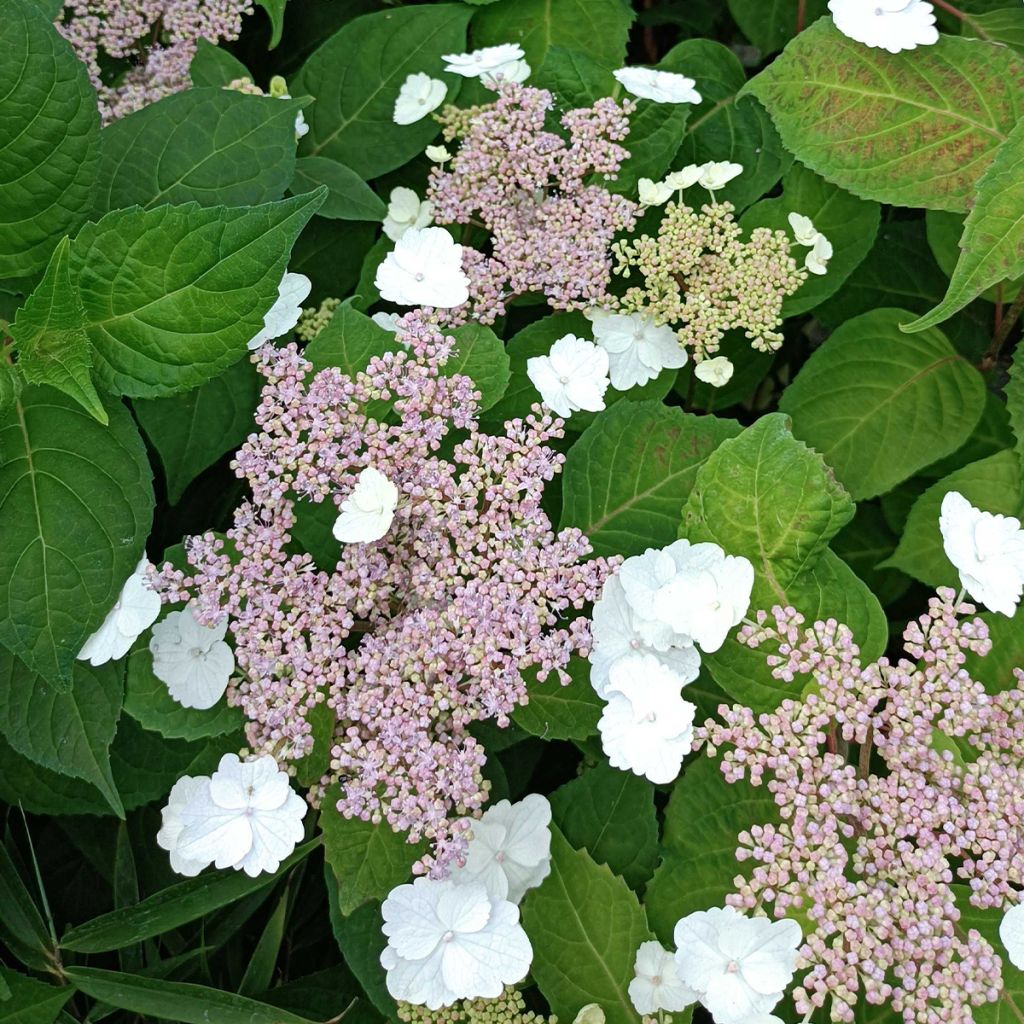

Hydrangea serrata Intermedia - Mountain Hydrangea
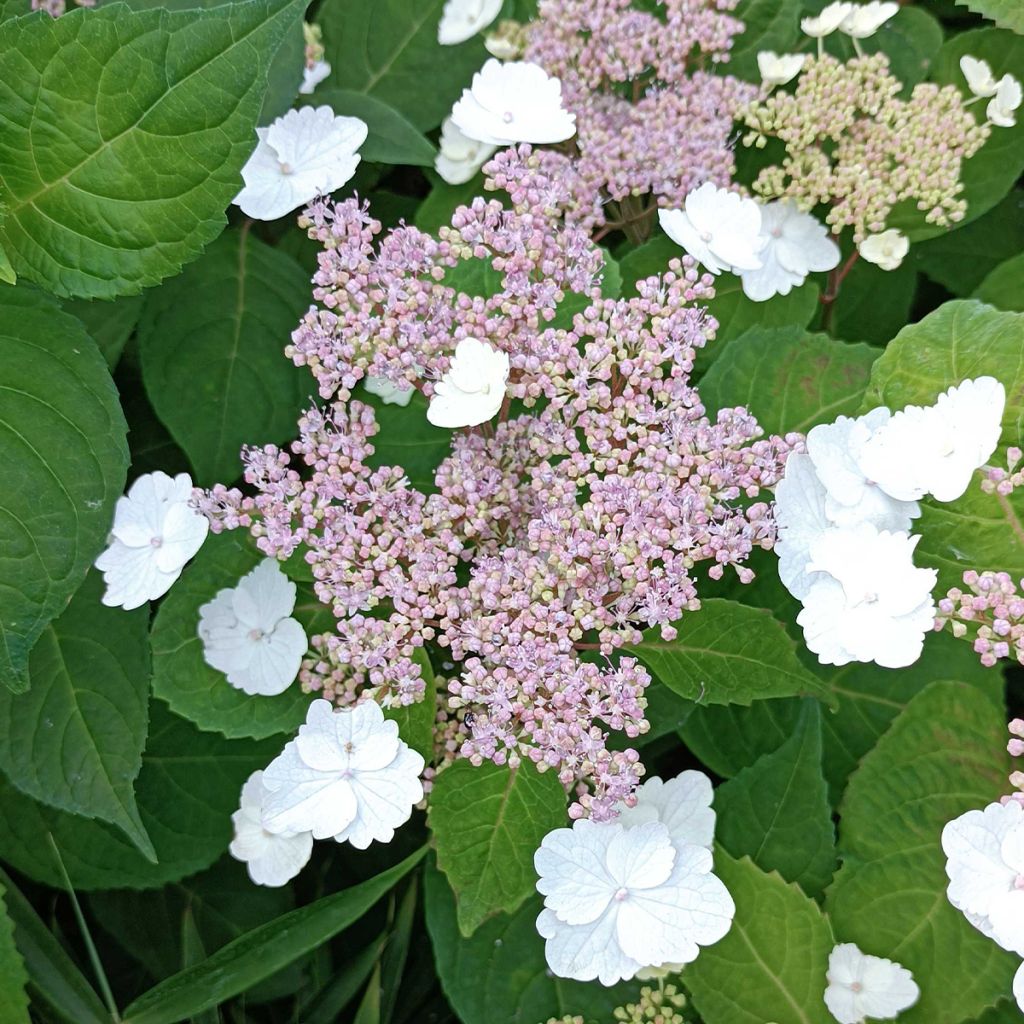

Hydrangea serrata Intermedia - Mountain Hydrangea
Hydrangea serrata Intermedia - Mountain Hydrangea
Hydrangea serrata Intermedia
Mountain Hydrangea, Tea of Heaven
Planted in October, it produced very beautiful branches and leaves in spring but NOT A SINGLE FLOWER!!! It's July already and still nothing... I followed the planting/exposure instructions to the letter though.
catloo, 16/07/2023
Special offer!
Receive a €20 voucher for any order over €90 (excluding delivery costs, credit notes, and plastic-free options)!
1- Add your favorite plants to your cart.
2- Once you have reached €90, confirm your order (you can even choose the delivery date!).
3- As soon as your order is shipped, you will receive an email containing your voucher code, valid for 3 months (90 days).
Your voucher is unique and can only be used once, for any order with a minimum value of €20, excluding delivery costs.
Can be combined with other current offers, non-divisible and non-refundable.
Home or relay delivery (depending on size and destination)
Schedule delivery date,
and select date in basket
This plant carries a 24 months recovery warranty
More information
We guarantee the quality of our plants for a full growing cycle, and will replace at our expense any plant that fails to recover under normal climatic and planting conditions.
Does this plant fit my garden?
Set up your Plantfit profile →
Description
The Hydrangea serrata Intermedia (or Hydrangea serrata 'Acuminata') is a Japanese Hydrangea with changing colours throughout the season. Its flat inflorescences start off as a beautiful white in June-July, then turn pink before becoming red in the summer. Its deciduous dark green leaves turn bronze red in autumn. This small bush prefers cool, semi-shaded locations, in acidic to neutral soil, tolerating some limestone. Not exceeding 1.20 m (3 ft 11 in) in height, it can be grown in a container; in the ground, it will be perfect in a romantic or Japanese garden.
The Hydrangea serrata is a deciduous bush, native to the mountainous regions of Japan and Korea. It is sometimes considered a subspecies of H. macrophylla, with which it shares a number of characteristics, but it is more cold-resistant due to its mountainous origins, and also more compact in habit. Its flat-type flowers are also smaller, and like H. macrophylla, their colour varies depending on the soil pH. It grows in rich, moist soils, preferably in partial shade (tolerates sun if the soil is sufficiently moist). In winter dormancy, it can withstand -20°C (-4 °F), but the young shoots can be damaged by late frost.
The 'Intermedia' variety was obtained in 1950 in the United Kingdom by Michael Haworth-Booth. It is distinguished by the changing colour of its flowers and leaves throughout the season, making it a decorative plant for three-quarters of the year. The inflorescences, about 10 cm (3.9 in) in diameter, are of the "flat head" type, with small fertile flowers grouped in the center, and sterile florets on the periphery. The fertile flowers are blue in acidic soil, and pink in neutral to slightly alkaline soil. The florets, white when they emerge, become tinged with pink during the season and eventually turn red in summer. From June-July to August-September, it is a permanent festival of colours. The leaves are also beautiful, changing from dark green in spring and summer to more or less vivid bronze red in autumn, before they fall.
A plant for acidic soil (optimal pH 5 to 6.5), it also thrives in neutral to slightly alkaline ("limestone") conditions. It appreciates a few hours of morning sun and shade in the afternoon, and above all, a sufficiently moist soil, not liking drought. However, this Hydrangea does not tolerate excess water either, so the soil should be well-drained for it to thrive. In neutral or slightly alkaline soil, it will be important to add heath soil mixed with the existing soil. Then, it will only require an annual pruning in autumn to remove faded flowers. As the new flowers appear on the previous year's wood, pruning should be avoided, unless you want to encourage the emergence of new shoots by removing some old branches every other year.
A compact bush, about 1.20 m (3 ft 11 in) tall and 0.90 m (3 ft) wide, this Hydrangea can be grown in a container to enhance a shaded terrace. It will then need regular watering to prevent the substrate from drying out. Very hardy, it also tolerates sea wind and atmospheric pollution. Its natural appearance makes it suitable for use in a themed, wild, Japanese or romantic garden, alongside plants with simple charm. The arborescent peonies will be good companions, as well as a botanical Camellia like the Camellia transnokoensis with its moving spring flowering.
Hydrangea serrata Intermedia - Mountain Hydrangea in pictures

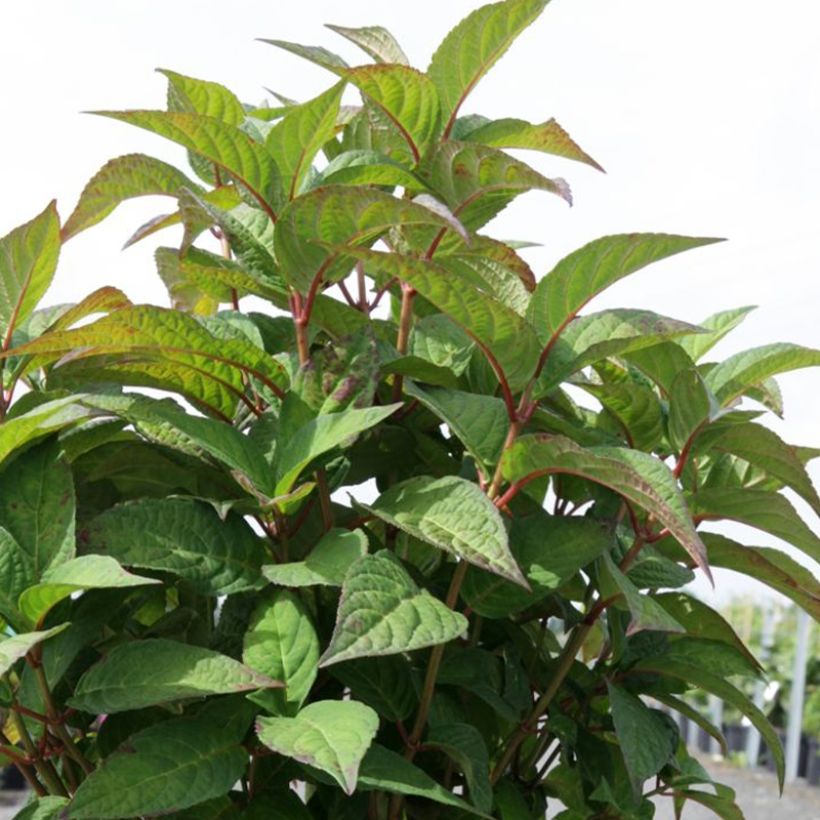

Plant habit
Flowering
Foliage
Botanical data
Hydrangea
serrata
Intermedia
Hydrangeaceae
Mountain Hydrangea, Tea of Heaven
Cultivar or hybrid
Other Hydrangea serrata
View all →Planting and care
Plant the Intermedia serrata hydrangea in spring or early autumn, preferably in a slightly shaded location, for example against an east-facing wall, or even in the north. In very cold regions, it may be prudent to protect its stump with a thick mulch. Keep it sheltered from cold, drying winds. It does not necessarily require heath soil, but appreciates a deep, moist, well-drained, and fairly fertile soil. In poor soil, enrich with a good base fertilizer before planting, and mix the existing soil with a substrate containing some compost.
If the soil is dry at the base of the wall, place the root ball at least 30-40 cm (11.8-15.7 in) away from the base of the wall, and incorporate a quantity of well-decomposed compost to better retain moisture in the soil. Very hardy, it is not afraid to be planted in cold regions. However, late frost can damage young shoots, in which case it is advisable to protect the base with a non-woven cover. Water regularly during hot periods to prevent the foliage from wilting during dry spells.
Planting period
Intended location
Care
Planting & care advice
-
, onOrder confirmed
Reply from on Promesse de fleurs
Haven't found what you were looking for?
Hardiness is the lowest winter temperature a plant can endure without suffering serious damage or even dying. However, hardiness is affected by location (a sheltered area, such as a patio), protection (winter cover) and soil type (hardiness is improved by well-drained soil).

Photo Sharing Terms & Conditions
In order to encourage gardeners to interact and share their experiences, Promesse de fleurs offers various media enabling content to be uploaded onto its Site - in particular via the ‘Photo sharing’ module.
The User agrees to refrain from:
- Posting any content that is illegal, prejudicial, insulting, racist, inciteful to hatred, revisionist, contrary to public decency, that infringes on privacy or on the privacy rights of third parties, in particular the publicity rights of persons and goods, intellectual property rights, or the right to privacy.
- Submitting content on behalf of a third party;
- Impersonate the identity of a third party and/or publish any personal information about a third party;
In general, the User undertakes to refrain from any unethical behaviour.
All Content (in particular text, comments, files, images, photos, videos, creative works, etc.), which may be subject to property or intellectual property rights, image or other private rights, shall remain the property of the User, subject to the limited rights granted by the terms of the licence granted by Promesse de fleurs as stated below. Users are at liberty to publish or not to publish such Content on the Site, notably via the ‘Photo Sharing’ facility, and accept that this Content shall be made public and freely accessible, notably on the Internet.
Users further acknowledge, undertake to have ,and guarantee that they hold all necessary rights and permissions to publish such material on the Site, in particular with regard to the legislation in force pertaining to any privacy, property, intellectual property, image, or contractual rights, or rights of any other nature. By publishing such Content on the Site, Users acknowledge accepting full liability as publishers of the Content within the meaning of the law, and grant Promesse de fleurs, free of charge, an inclusive, worldwide licence for the said Content for the entire duration of its publication, including all reproduction, representation, up/downloading, displaying, performing, transmission, and storage rights.
Users also grant permission for their name to be linked to the Content and accept that this link may not always be made available.
By engaging in posting material, Users consent to their Content becoming automatically accessible on the Internet, in particular on other sites and/or blogs and/or web pages of the Promesse de fleurs site, including in particular social pages and the Promesse de fleurs catalogue.
Users may secure the removal of entrusted content free of charge by issuing a simple request via our contact form.
The flowering period indicated on our website applies to countries and regions located in USDA zone 8 (France, the United Kingdom, Ireland, the Netherlands, etc.)
It will vary according to where you live:
- In zones 9 to 10 (Italy, Spain, Greece, etc.), flowering will occur about 2 to 4 weeks earlier.
- In zones 6 to 7 (Germany, Poland, Slovenia, and lower mountainous regions), flowering will be delayed by 2 to 3 weeks.
- In zone 5 (Central Europe, Scandinavia), blooming will be delayed by 3 to 5 weeks.
In temperate climates, pruning of spring-flowering shrubs (forsythia, spireas, etc.) should be done just after flowering.
Pruning of summer-flowering shrubs (Indian Lilac, Perovskia, etc.) can be done in winter or spring.
In cold regions as well as with frost-sensitive plants, avoid pruning too early when severe frosts may still occur.
The planting period indicated on our website applies to countries and regions located in USDA zone 8 (France, United Kingdom, Ireland, Netherlands).
It will vary according to where you live:
- In Mediterranean zones (Marseille, Madrid, Milan, etc.), autumn and winter are the best planting periods.
- In continental zones (Strasbourg, Munich, Vienna, etc.), delay planting by 2 to 3 weeks in spring and bring it forward by 2 to 4 weeks in autumn.
- In mountainous regions (the Alps, Pyrenees, Carpathians, etc.), it is best to plant in late spring (May-June) or late summer (August-September).
The harvesting period indicated on our website applies to countries and regions in USDA zone 8 (France, England, Ireland, the Netherlands).
In colder areas (Scandinavia, Poland, Austria...) fruit and vegetable harvests are likely to be delayed by 3-4 weeks.
In warmer areas (Italy, Spain, Greece, etc.), harvesting will probably take place earlier, depending on weather conditions.
The sowing periods indicated on our website apply to countries and regions within USDA Zone 8 (France, UK, Ireland, Netherlands).
In colder areas (Scandinavia, Poland, Austria...), delay any outdoor sowing by 3-4 weeks, or sow under glass.
In warmer climes (Italy, Spain, Greece, etc.), bring outdoor sowing forward by a few weeks.






























